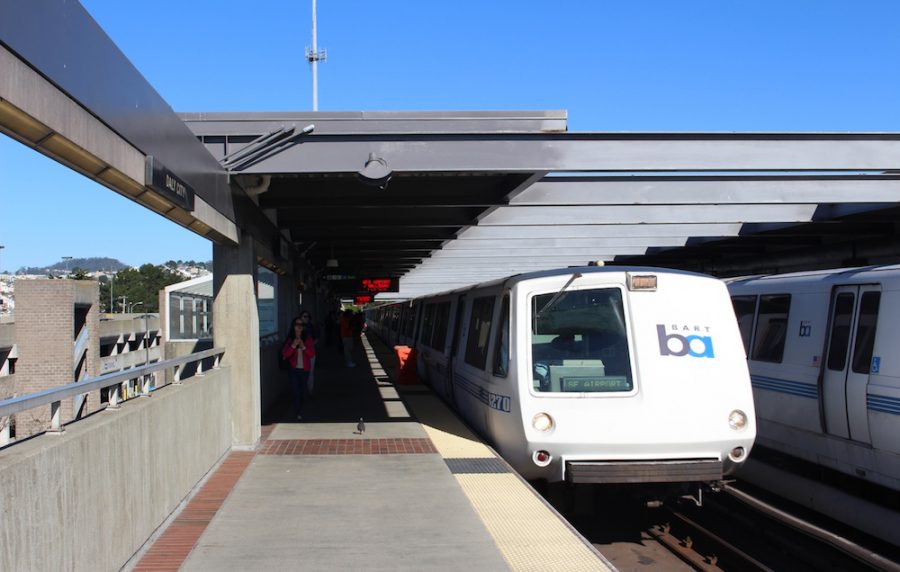BART: Agency needs to fill 62 jobs by November
July 20, 2016
Facing a shortage of roughly one-third of its professional engineering and technical staff, aging infrastructure and growing capital needs, BART has an ambitious plan to fill more than 60 vacancies by November, agency officials said.
The BART board of directors last week approved up to $500,000 to contract with specialized search firms to recruit and vet skilled candidates for the agency. Staff will use the firms to fill roughly 30 positions as a pilot program, but it actually needs twice as many new employees.
The positions include computer systems engineers, traction power specialists, train control and systems integrations engineers, and mechanical and environmental engineers, among others, said Tamar Allen, BART’s chief engineering officer.
“It’s tough to find skilled engineers,” she said. “And, there are a whole bunch of factors that complicate our ability to hire and bring them in.” Some of the positions require state certification, which limits the pool of applicants. Housing prices and the high cost of living in the Bay Area make it harder to recruit applicants from out of state, said Lori Lovett, the agency’s assistant chief engineering officer. And, with Google, Uber and other tech companies close by, it’s hard to match the salaries or the allure of private-sector positions, Allen said. “We’re growing and dealing with all of the issues you have with midlife transit operations,” Allen said.
“And we can’t match the pay and benefits of the private sector. We can’t even get close.”
It’s a problem that’s not unique to BART or to the Bay Area, said Edward La Guardia, a 31-year-veteran of the Southeastern Pennsylvania Transportation Authority, who ran the engineering department for 13 years.
One of the biggest problems, he said, is there are only a handful of colleges and universities nationwide that offer rail-related curriculum, and the offerings are scarce, meaning most employees must acquire skills on the job.
Once employees sign on to a transit agency, they often stay where they are, said Jim Kinahan, who worked for the Chicago Transit Authority for 33 years and taught a maintenance course at Loyola University Chicago for 20 years. “I’m a lifer. My father worked for the CTA. He had 32 years in him,” Kinahan said. “I was a legacy type … but I don’t know what motivates the new generation.”
Neither of his two daughters took jobs in the transportation sector, Kinahan noted. He said it often feels like an “old boys’ network” that doesn’t reflect the diversity of most transit agencies’ riders.
Further complicating matters is a problem facing transit agencies across the country as significant numbers of employees reach retirement age, taking with them institutional knowledge of the nuances particular to each system, Kinahan said. BART’s human resources department estimated that another third of the engineering department will retire in the next three to four years, though Lovett said even more are eligible.
Although transit is changing, and agencies are developing more sophisticated intelligence systems and are growing more automated, many young engineers don’t immediately think of railroad transit as innovative, said Jack Clark, executive director of the Transportation Learning Center, a national organization that focuses on workforce development in public transportation.
“A lot of people see these as jobs of the past, but they’re really not,” Clark said. “They’re jobs of the future.”
BART does have a summer internship program and a junior engineering program, which brings engineers from four-year colleges and universities to BART, where they participate in a structured two-year program to qualify as first-level engineers. But Lovett said what the agency really needs is to replace its more senior staff, employees who could serve as group and division leaders.
Meanwhile, Lovett said the agency is trying to figure out “how to work smarter and not harder” while being ruthless in prioritizing projects. “We’re looking at risks and making sure we’re prioritizing safety first,” Lovett said. “We would like to go faster in capital renewal, but sometimes, when we have to prioritize day-to-day issues, the capital projects come out slower.”
















